Send the right search signals with social content optimization
![]() A few weeks ago, I was honored to give a presentation to Heather Lloyd-Martin’s SEO Copywriting Certification students and grads on optimizing content for social sharing. During the presentation, I covered two main points:
A few weeks ago, I was honored to give a presentation to Heather Lloyd-Martin’s SEO Copywriting Certification students and grads on optimizing content for social sharing. During the presentation, I covered two main points:
- Why optimizing for social media is important.
- Why the structure of your “blurb” (text you share when you post or tweet) makes a difference.
Afterwards, I received two questions via email from conference call attendees:
- Could you explain “Open Graph” protocol?
- How do you track social shares in Google Analytics?
Considering the presentation time flew by, I thought I’d delve further into the two main points (as well as address the Certification student questions) here:
Why social sharing optimization is important. (a.k.a. Isn’t it enough to simply get your article posted on Facebook, Twitter, and Google+?)
Most of this blog post is dedicated to answering this question.
You can think of optimizing for social media the same way copywriters need to consider SEO to optimize a Web page. There are some important aspects (code and content) that send signals to the search engines. The most important aspect that applies to both social and SEO is…people. You want to consider how people will see and respond to what you are sharing.
Here’s what you need to understand:
- Posts that look good get Liked, retweeted, and reshared more.
- Metadata (code) controls how a blog post you’ve written appears on Facebook & Google+.
- The format of your tweets highly influences their effect on Twitter.
- Every post shared on these social networks becomes its own HTML page. Yes!
- Everything you write (your share blurb and text in your your Open Graph Protocol “OG” tags) should consider your target audience and keywords.
Making your posts look good
Once you hit the Enter key to share your post on Google+ or Facebook, you want it to look attractive with an eye-catching image and descriptive text. The only input you give these social media sites at the time of sharing is your share blurb – what you have typed into the boxes to share what’s new or on your mind. Other than this explanatory text, the remaining elements are “pulled” from your blog post or article.
Here’s a post that doesn’t look so good, because the website (the Web page, more specifically) was not optimized:
When your share doesn’t have images and has funky text, not much happens with it. Un-optimized share snippets simply DO NOT spread like wildfire.
Here’s a share snippet that looks much better, and covers the anatomy / breakdown of an optimized share snippet:
Why does this look better? Because the page being shared has the proper microdata (code / information) to fill in items B-E of the snippet as shown (Title, Description, Image, URL). The person who shared this simply wrote “Can’t wait to experience this in 3 weeks!” Google+ pulled in the rest of the information from the optimized page.
OK, what about Twitter?
Glad you asked! Twitter does have a visual aspect, but since that wasn’t discussed in my Optimizing for Social presentation, we won’t go there. The format of your tweets, however, does matter as to whether they get retweeted.
- Think about those tweets that are too long and loquacious… Few people retweet them.
- Imagine tweets that are stuffed with #hashtags… Few people retweet them.
Get retweets by creating a post that follows a logical format and one that won’t be cut off if retweeted. Below is how to plan the length and format of your tweets:
So, the bottom line is simple. It’s all about PLANNING!
If you fail to plan, you plan on reshare failure.
Every post is an HTML page
Everything you share on Facebook, Twitter, and Google+ becomes its own HTML page. HUH? Yes!
One of the SEO Certification class students mentioned that this takes a little bit of wrapping one’s head around. Agreed.
Below are a couple examples.
Twitter – Tweets turn into HTML pages.
@jennita on Twitter shared the Optimizing for Social presentation along with a nice comment. That share showed up in people’s Twitter stream. It also became an HTML page as shown below:
We know that every HTML page has a Title tag. For this tweet, the Title tag is:
<title>Twitter / jennita: LOVE this from @lookadoo: …</title>
Twitter adds “Twitter / userprofile:” to the beginning of the title. The words you share at the beginning of the tweet become part of the HTML page’s title tag.
=> Pro Tip: Front-load keywords!
Put your keywords at the beginning of the tweet if it makes sense.
Google+ & Facebook posts also become HTML pages.
This Google+ post from Matt Cutts about Google Play celebrating its birthday with a week of free and discounted downloads is an HTML page with its own URL:
Again, you see the first few words of the share blurb have turned into part of the page’s title tag:
<title>Matt Cutts – Google+ – Google Play is celebrating its birthday with a whole week…</title>
=> Pro Tip: Front-load keywords!
This is even more important for Google+ posts. A widely shared post with a quality title (share blurb) has a good chance of ranking for its given keywords!
That post then displays in the SERPs:
So…there’s the long explanation of why optimizing for social matters!
Now, for the questions I received from Heather’s Certification call attendees…
Q1: You discussed Open Graph protocol. Can you explain what that means?
A protocol is a set of rules. HTML is a protocol that Web browsers follow to display this hypertext markup language. Open Graph (OG) protocol is a set of rules that Facebook put together to provide markup code to go in Web pages that tells them what to display in Facebook. Google+ also “listens” to and displays OG code, most of the time.
Visit my post on SEOmoz that presents my Structured Social Sharing Formula. It’s long, so look for the section on “10 Steps With Microdata & Analytics” for a more in-depth explanation of the OG tags.
Q2: How does one go about tracking social shares in Google Analytics?
First, you have to track your shares with UTM variables (UTM’s are tracking tags).
- The “Download the Structured Social Sharing Worksheet” referenced in the presentation contains a URL builder.
- You also can use the Google Analytics URL builder.
Second, the name of each campaign shows up in Google Analytics.
You can then view the performance of your social campaigns in Google Analytics (version 5) as shown:
Access in your profile via:
Traffic Sources > Sources > Campaigns
You’ll then see a listing of your various social shares that were tagged with the utm_campaign parameter on the links. The campaign shows them by name.
It’s up to you to name your campaigns with terms that will make sense as you track them in Google Analytics.
OK, that’s a wrap! You can view the recap of my presentation to the SEO Copywriting Certification students and grads (sans the details exclusive to the Certification members) via the SlideShare embed on my site.
Feel free to drop any additional comments or questions in the comments. Thanks!
About the Author ~ Dana Lookadoo
One of the pioneers of what is now called “social search,” Dana Lookadoo is an SEO consultant & founder of Yo! Yo! SEO. Her approach to search marketing is with a focus on Word-of-Mouth SEO (search engine optimization & audience engagement). Besides her passion for her professional work, Dana loves cycling: “Road or Mountain? Let’s ride!” You can connect with Dana on Twitter and on Google+.
photo thanks to Gavin Llewellyn
Learn from experts like Dana Lookadoo when you enroll in my SEO Copywriting Certification training! Now, you can become certified for FREE when you register to join me in Phoenix next month for a seminar on freelance SEO Copywriting business-building & advanced SEO topics. Apply by April 30th! Details here.

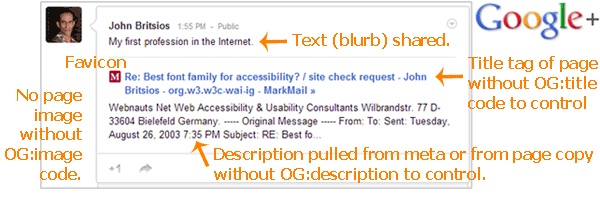
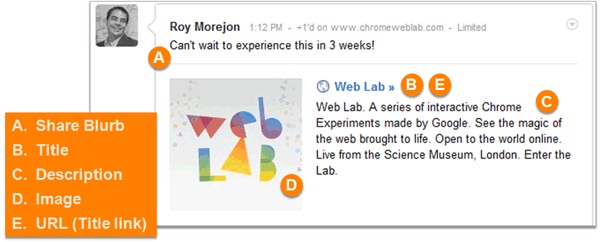

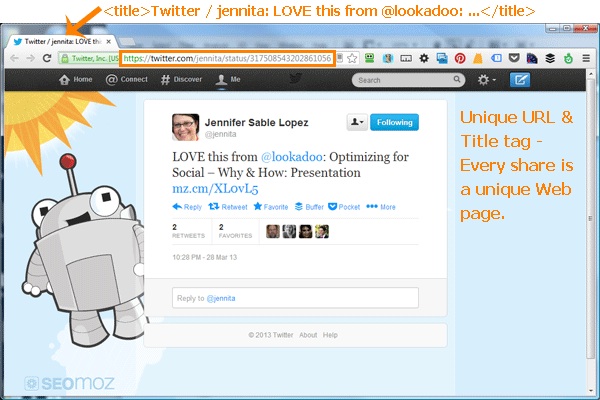
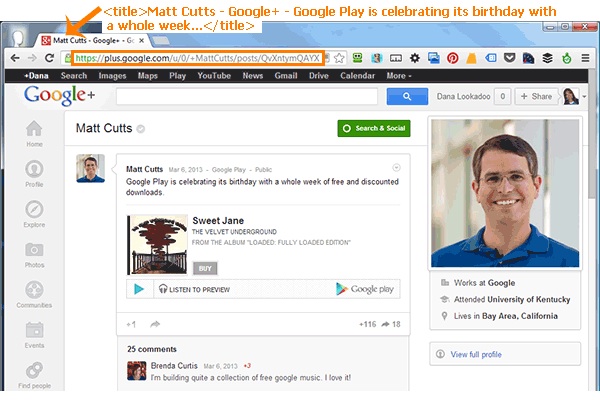
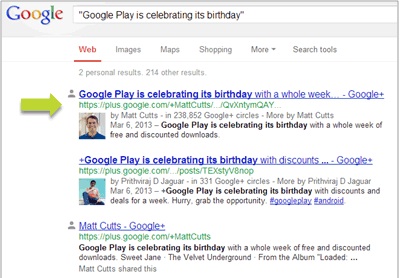
Trackbacks & Pingbacks
[…] Send the right search signals with social content optimization – A few weeks ago, I was honored to give a presentation to Heather Lloyd-Martin’s SEO Copywriting Certification students and grads on optimizing content for social sharing. During the presentation, I covered two main points:. […]
Leave a Reply
Want to join the discussion?Feel free to contribute!